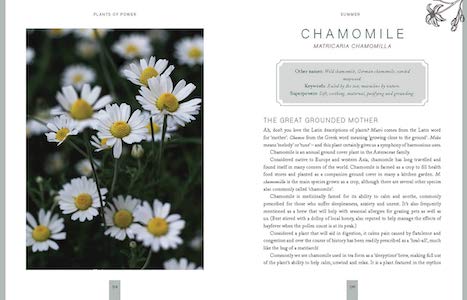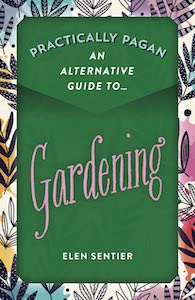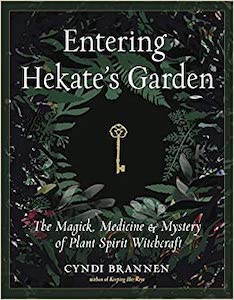
The Mindful Garden: Serene Spaces for Outdoor Living, by Stephanie Donaldson
Ryland Peters & Small, 9781788795951, 144 pages, February 2024
Stephanie Donaldson’s The Mindful Garden: Serene Spaces for Outdoor Living joins the list of items that bring a sense of peace and serenity into my life along with Palo Santo sticks, the flicker of a votive in a small metal holder, and Van Morrison’s Astral Weeks.
Donaldson offers ways for all of us – from the suburban gardener to the urban dweller with very little outdoor space – from the experienced to the novice – to create our own haven, a retreat, a place to de-stress. The book contains stunning photographs by Melanie Eclare that made me want to sell everything and move to my husband’s country of birth, England, and recreate the spaces in the book.
Luckily, Donaldson writes some words of caution, “…before making any changes it is always wise to separate the realizable dreams from the fantasies.”1 I stopped making flight reservations and settled into the book to be guided to ways that I could create my very own place of peace in my outdoor space. For as Donaldson writes, peace is a “central element in the creation of a successful mindful garden.”2
I hadn’t really ever considered the mood that I wanted to create in my outdoor space. I mindlessly go to the garden store and picked up random plants and garden accessories without any real plan. But this season, I’m becoming more intentional with how I space my backyard.
Donaldson asks the reader to consider the tone that one wants to create to support calm versus stimulation, simple rather than busy. A space where one removes rather than adds to. And she asked me a question that no one had asked me, which is what do I want from my garden? What appeals to me? What centers me? How novel!
Upon her advice, I considered how I want the garden to be used and how I want it to look. Do I want a space for meditation or contemplation? Do I want to add water features (many of which can be added for a nominal cost without running electricity)? How does the garden look in different light – from early morning to dusk? What type of seating do I want? What materials appeal to me? What style suits me – symmetrical or balanced?
She guides the reader in how to consider the use of color (recommending a subdued palette versus complimentary colors). Suggestions are offered in creating barriers with the use of things like stones, fences, shrubs, and trellises. And to consider scents – what plantings offer scents that calm versus stimulate.
The book offers so many suggestions that any of us can use to create a mindful space. The photographs will automatically bring a sense of calm, and there’s ton of them throughout The Mindful Garden. However, what I really liked about the book was that Donaldson was aware that we all don’t have acres of land and limitless funds to create a serene space. We can use a ceramic bowl to hold a small battery-operated foundation to create a slow flowing water feature. She showed a water feature using glass bricks filled with pebbles on a rooftop without a “plant in sight.”3
We might want to do some small tweaks to bring calm into our space or we might plan something a bit more ambitious (but again, she reminds us, doable). Consider your location (it’s challenging to have a wildflower meadow on your city lot), consider aiming for creating a space that won’t need constant attention (such as weeding). You might find out, after a few changes that Donaldson inspires, that you suddenly feel peaceful in your space.
“If you feel happy in your garden and there is nothing to change, then trust that feeling. You already have your mindful space…”4
Overall, Donaldson is a wonderful guide for bringing serenity into your life, beginning with your outdoor space, in The Mindful Garden. This book allows you to discover relaxation, peruse the pages, see what inspires you, and then take those steps to bring what you need and want into your life. You can do it with whatever space and budget you have available; Donaldson will show you how.
Anne Greco is a non-fiction writer who writes about her life experiences and travels with humor, keen observations, and the hope that her words will remind us that “we’re all just walking each other home.” Her book, Serendipity: Chance Pilgrimages, tells the story of Anne encountering her places of power. As she reconnects with herself at each site, Anne also develops a deeper understanding and appreciation of her connection to both the seen and unseen worlds. Learn more about her work here: http://annegrecowriter.com.










